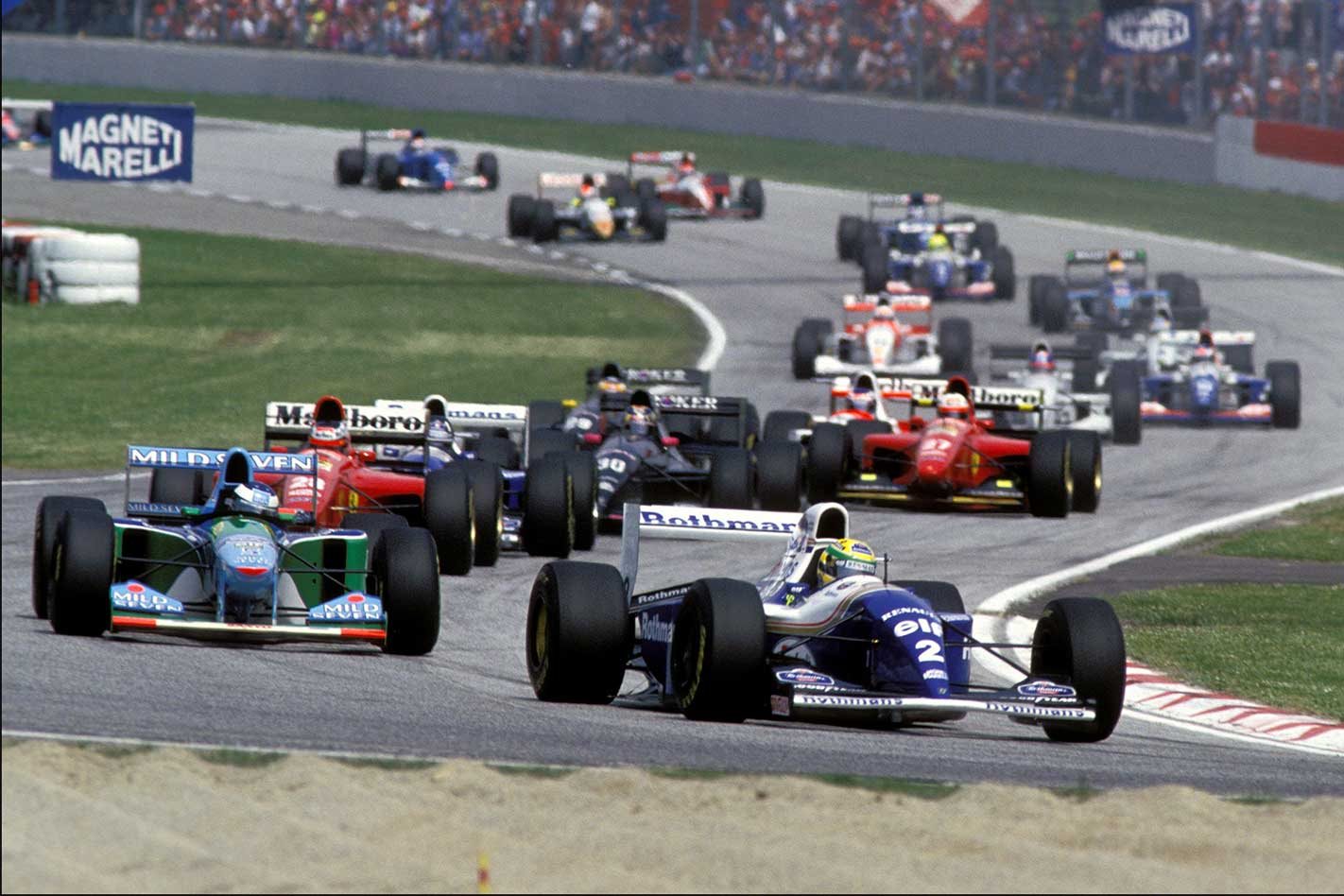Ayrton Senna’s death, Nigel Mansell’s return and the Schumacher era begins. Court cases, massive fines and driver bans. An FIA safety drive, knee-jerk reactions and the reintroduction of refuelling.
Rumours, accusations and scapegoats. Drivers in comas, mechanics on fire and a wreckage in the crowd. Regulation changes, calendar changes and the Grand Prix Drivers’ Association’s renaissance. The death of Lotus. Debatable hi-tech software and debatable planks of wood. It’s all wrapped up by one of the most controversial title-deciders in Formula One history… through the tragedies, bickering and technical complexities, Formula One’s 1994 season was both one to forget and also utterly unforgettable.
This story was first published in 2004
In the ’70s, ’80s and ’90s the F1 world title usually passed between McLaren, Williams and Ferrari. Only in 1994-’95 did another team get a look-in. For a short period Benetton had everything in place. The colourful leadership of Flavio Briatore was balanced by the take-no-prisoners approach of Tom Walkinshaw. The oft-maligned Scot’s contribution has been overlooked; it was he rather than Flavio who pulled all the key elements together to win.
It was Tom who gunned for Michael Schumacher’s services after the German’s impressive GP debut, and it was Tom who brought Ross Brawn with him from TWR’s sportscar squad, so creating the dynamic duo with chief designer Rory Byrne which would go on to even greater things at Ferrari.
In 1994, though, all these guys had to fight their way through what was perhaps the most dramatic season in the sport’s history, eventually overcoming a stream of controversies to claim the ultimate prize.
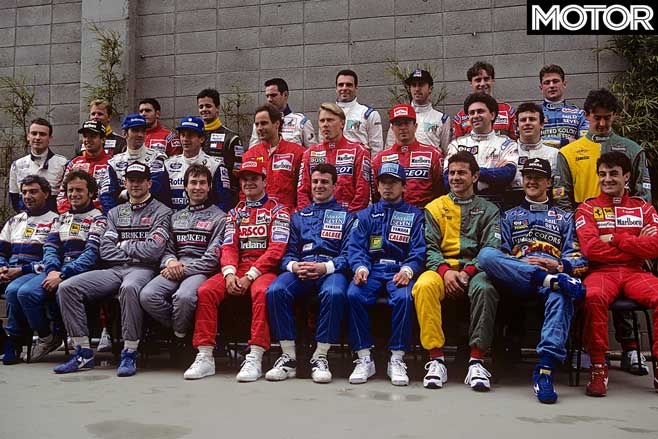
“It really started in 1993,” Brawn recalls. “We realised that we needed to make a big step if Benetton was to become a serious contender. As soon as we had the ’93 car I said to Rory and the guys, ‘Let’s just forget this car for the rest of the year. I want you to start on the ’94 car now. We need to make a quantum leap in our performance, and we’re not going to do it if we spend all our time trying to improve the ’93 car’. It’s a philosophy we still have today, but it was the first time anyone had really approached F1 in that way.”
“We ensured that Cosworth took the same approach. We wanted 1994 to be a leap for them as well. Their strengths were not in power but in driveability, size, packaging. It was a lovely little engine.”
There were good reasons to put extra effort into the 1994 car. The banning of driver aids such as traction control and active suspension meant teams had to start with a clean sheet of paper, and search for grip from aero and mechanical developments. In addition the introduction of refuelling created a whole new set of opportunities.
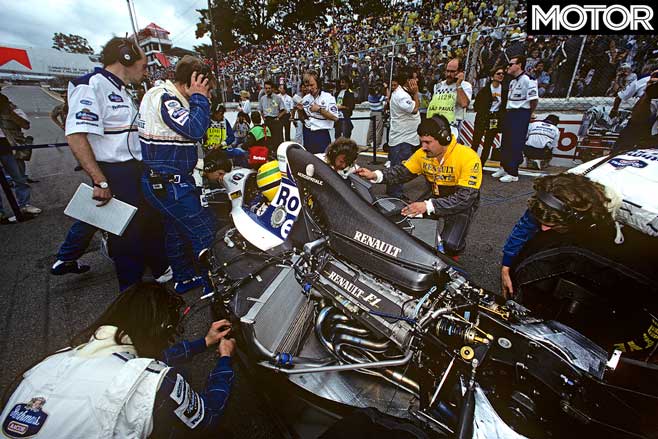
“Over the winter it became clear that we had a very, very good car,” says Brawn. “I don’t think we ever believed we’d win the championship with it, but we knew that we’d made the leap required to make Benetton a serious contender. It was after an Imola test, just before the season, that I began to believe we could win races in 1994. But it was a surprise when we went to the first three and won them all.”
Ayrton Senna took pole position for Williams at Interlagos, Aida and Imola, and his death in the latter event shook the sport to its core; Schumacher was affected by it more than he ever let on. The expected battle with the Brazilian would not now happen, and Michael could only be defeated if Damon Hill stepped up to spearhead a Williams revival.
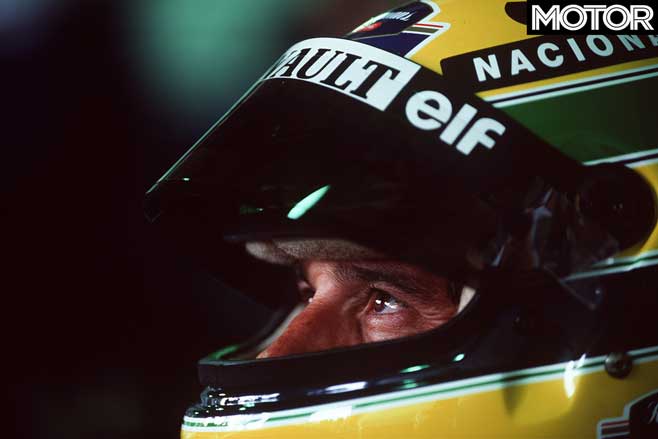
Brawn was not the only one surprised by Benetton; Senna had his private doubts about the legality of the B194, and others in the paddock agreed. A whisper campaign began. The FIA made its own stand by sampling software taken from Benetton, Ferrari and McLaren – the top three at Imola; this was the first time any such checks had been made. It was then analysed by Alan Prudom of LDRA, the company hired to help police the new rules.
Brawn: “It was a terrible period, obviously, and it became very highly charged politically. In that environment I think we became focused on for all the wrong reasons. Here we were, a T-shirt manufacturer, beating McLaren, Williams and Ferrari, who felt they had a God-given right to win GPs. That went against the grain. They had to explain to their sponsors and boards why they were being beaten by someone so inconsequential. The easy reason was that we were supposedly using traction control, doing this, doing that.”
Meanwhile, the sport endured yet more serious accidents. The FIA rushed to introduce measures to slow the cars; the teams had to respond. Briatore’s response was to write a critical letter to Max Mosley, which was circulated to the media.
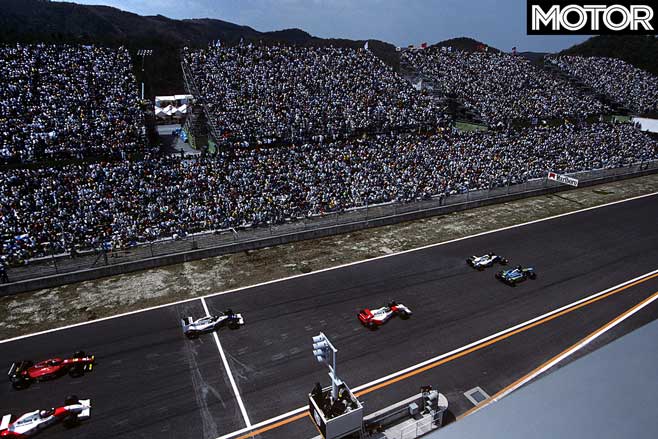
FIA technical delegate Charlie Whiting also took a personal broadside. It all got very messy, to the extent that private meetings between Benetton and FIA people were allegedly taped by the team and transcripts distributed to interested parties.
“Tom and Flavio were behind that famous letter which suggested Max wasn’t fit to run F1 and, as an engineer, I saw that we were getting our payback,” says Brawn. “There was no discretion being shown in any way, shape or form towards us. We were given no leeway at all. We only had to stray out of line a fraction and we would get hammered.”
The most celebrated example of this occurred at Silverstone. Damon beat Michael to pole, but on the formation lap the German tried a bit of gamesmanship by leading the pack away from the grid. It was not an unprecedented move, but it contravened a little-known rule which stated that only the pole man could pace the field. To compound the situation Schumacher did exactly the same thing before the restart.
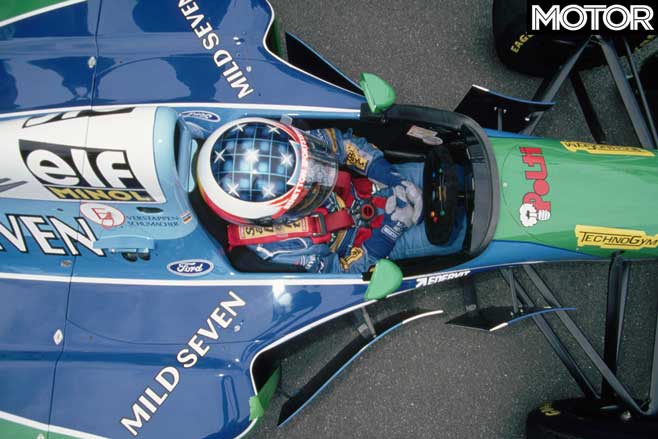
Brawn: “Again it was all wrapped up in the hysteria that was going on. By his own admission, to intimidate Damon, Michael was messing about on the warm-up lap. The stewards decided to penalise him. We had this scrappy bit of paper handed to us on the pitwall – half a piece of A4 which had ‘10-second penalty’ scribbled on it [it actually read 5sec]. Tom said, ‘We’ve got a penalty. Michael’s going to have to push on and we need to allow for it.’ So we carried on, assuming that they’d add it at the end [of the race].
“Then we got a black flag, and we said, ‘What the hell’s that for?’ They said we should have done a stop-and-go penalty. We showed them the piece of paper and they said, ‘Oh, you’re right, we screwed up. Do it now and you’re okay.’ So we did the penalty. But we still got penalised because the black flag is sacrosanct: even if it was unjustified, we had to respect it.” Despite the stop-and-go, Michael finished second. But subsequently he had the result taken away – and was also handed a two-race ban. He would miss his home race, news that left his countrymen in a fury.
“We weren’t going to appeal the Silverstone decision,” says Brawn. When you have got a Cosworth V8, Hockenheim is probably the least competitive race of the year.
“But then there was a huge uproar from the German public. We had pleas from lots of important people in F1 to appeal so we could at least race in Hockenheim and appease the fans. So we did, because it was indicated that the appeal would be looked upon favourably. We raced at Hockenheim, where we blew up. Then we were completely stitched up – the appeal went through and nothing was done.”
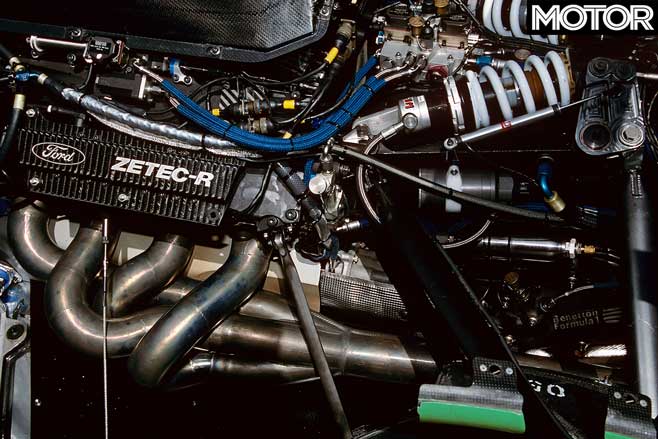
A lot more drama had unfolded before that particular hearing, however. The results of the FIA’s Imola software tests finally became known at Hockenheim, and in his official report Whiting claimed Benetton had been using a launch control. It had been found listed in a menu as the 13th option, following an empty space coming after numbers one to 10. Benetton vehemently protested its innocence.
“We were probably naive,” says Brawn. “We were a team which had not been in the spotlight before, and suddenly we were winning races, against the form book. We had no issues with the FIA in terms of them seeing what we’d created, but Ford did. They refused to give the FIA the source codes, as they considered them to be their intellectual property. We were stuck in the middle for a long time.
Eventually we found a compromise with the FIA, and when they were studying the software they discovered a discarded portion of the infamous Option 13; it has been reported many times that it was a traction control, but actually it was a launch control.
“We were then able to demonstrate that there was a broken chain of software: it was impossible to use Option 13. But, of course, we got dragged through the courts, I think for other reasons. Eventually the FIA said there was no proof that we used Option 13. But in the hysteria that was going on, it was portrayed badly. I was very frustrated because it tainted a fantastic achievement.”
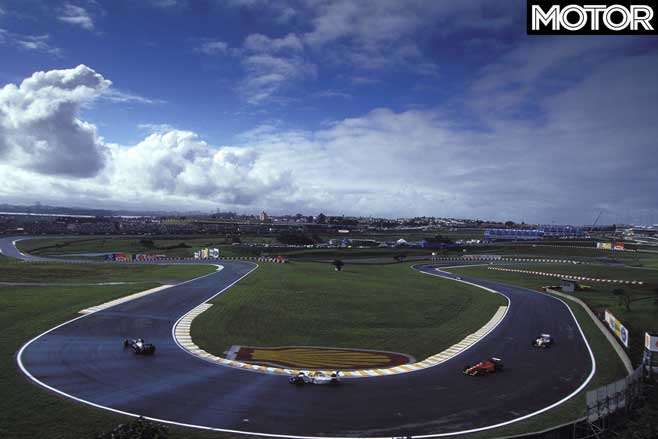
While the software issue rumbled on, there was even more trouble for Benetton. Jos Verstappen’s pit fire at Hockenheim opened a whole new can of worms when it was revealed that the team had removed a filter from the fuel hose (1994 saw the return of refuelling during races), although Brawn claimed that the FIA had given permission to do so.
That row continued to Hungary, where Schumacher won. He scored another great victory after a spin at Spa, only to fall foul of post-race checks. The 10mm ‘plank’ under his car, recently introduced to control ride heights, was deemed to be worn too thin, the implication being that the B194 had been running too low. His victory was scrubbed, handing Hill the 10 points.
Just two days after Spa an earlier appeal against the Silverstone penalty was heard. The two-race ban was upheld, so Michael now had to miss Monza and Estoril. Hill won them both. The title battle was closing up, and Schumacher was under assault from all sides.
“It was very stressful. He was still a very young and relatively inexperienced F1 driver, who was achieving a huge amount,” says Brawn. “He didn’t need that extra pressure. He felt it, and I’m sure it did have some influence on his performance.”
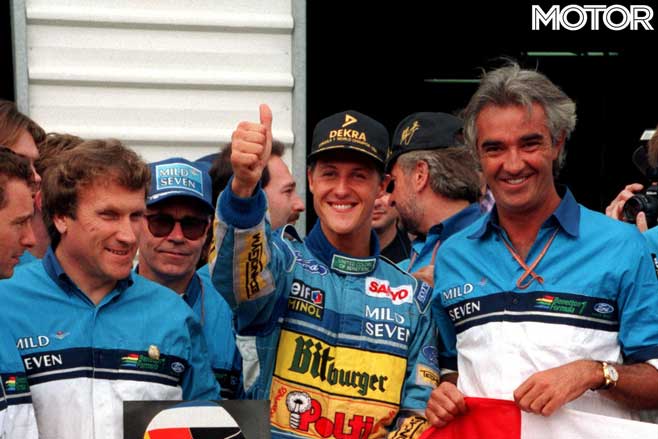
The crunch came at a wet Suzuka, where Hill scored a brilliant win. He was now just one point behind.
It all boiled down to Adelaide – and it turned out to be one of the most dramatic conclusions to a title race. Hill harried his German rival into a mistake – only for the crippled Schumacher to put them both out when he made a desperate lunge towards the Brit.
Ross: “It was despair at first when he hit the wall – and then when he bounced off and collected Damon there was a glimmer of hope! The championship was very tight, but we thought that very unjust, because we should have won in a quite straightforward fashion. We were feeling badly done by. You can argue about Australia, but I think it would have been a serious injustice if we hadn’t won the title: we had the best car, the best driver, the best team. We just didn’t have the best political position. We learned from that.”
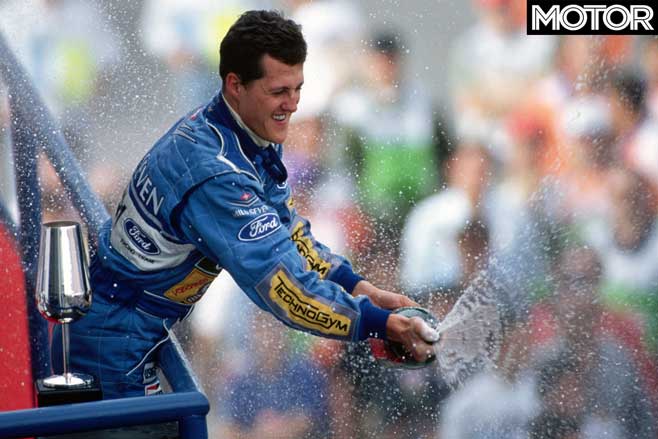
Considering that he was docked 16 points, and banned from two further races, it was hard to begrudge Schumacher the title. He’s proved in subsequent years how good he is, but a decade on there still remains a cloud over that first success.
“There was a high level of paranoia in every direction,” says Brawn. “It was a very unpleasant year. When I joined Ferrari I had a long talk with Jean Todt about his approach, and he said truly he believed that we were doing something wrong, because there was no easy excuse. But he said now he’d seen the people involved – Rory, myself, Michael and others – he understood what 1994 was about.
“But in the hysteria, the tragedies of Imola and all the other factors, it was whipped up. Jean has changed his mind, but there are certain people, whom I don’t respect, whose opinion will always remain the same. And I don’t respect them because they’re not willing to be logical.”

